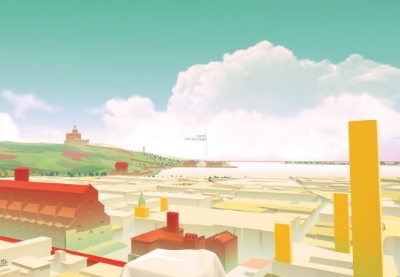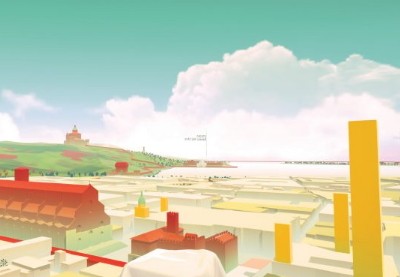The future is a dimension to be imagined and designed in the present, taking into account the past: a dimension that can sometimes become little visible and little thought, neglected when not forgotten.
It was born to tell the city of Bologna and its future project, its aspirations, the visions of the future The forgotten future, the new hall of Palazzo Pepoli. Museum of the History of Bologna which hosts the virtual reality application created by Fabio Roversi Monaco and Marco Roccetti, full professor of Computer Science at the Alma Mater Studiorum and designed by Loop and WhatWeare.
Through the use of viewers, Museum users will have access to a flight within a stylized and completely reconstructed 3D environment: a poetic Bologna, which reflects on itself and on the way it imagined over time and realized their future.
The first path, The future realized (which will be flanked by another in the course of 2020, with probable further subsequent developments), shows three emblematic projects carried out in Bologna in recent decades, starting with the post-war reconstruction of the city: starting with the Towers by Kenzo Tange of the Fiera District, part of a futuristic urban development project, ambitious and organic, which was not fully realized.
And again the Manifattura delle Arti, the cultural district designed by the University and the Municipality in collaboration with the architect Aldo Rossi in the area of the old port on the Navile Canal, which today houses the headquarters of the University's Department of Philosophy and Communication, the headquarters of the Cineteca, the MAMbo - Museum of Modern Art of Bologna, the Cassero, and numerous other associations and cultural circles.
Finally, the Pilastro district, the first major social housing project in the suburbs following the great demographic growth of the 1950s and 1960s and immigration. Officially inaugurated in 1966 and then expanded ten years later with the construction of the Virgolone, the Pilastro tells the vision and the will of the city to integrate, often laboriously, popular classes and immigrants in the urban fabric.
Palazzo Pepoli
via Castiglione 8, Bologna






